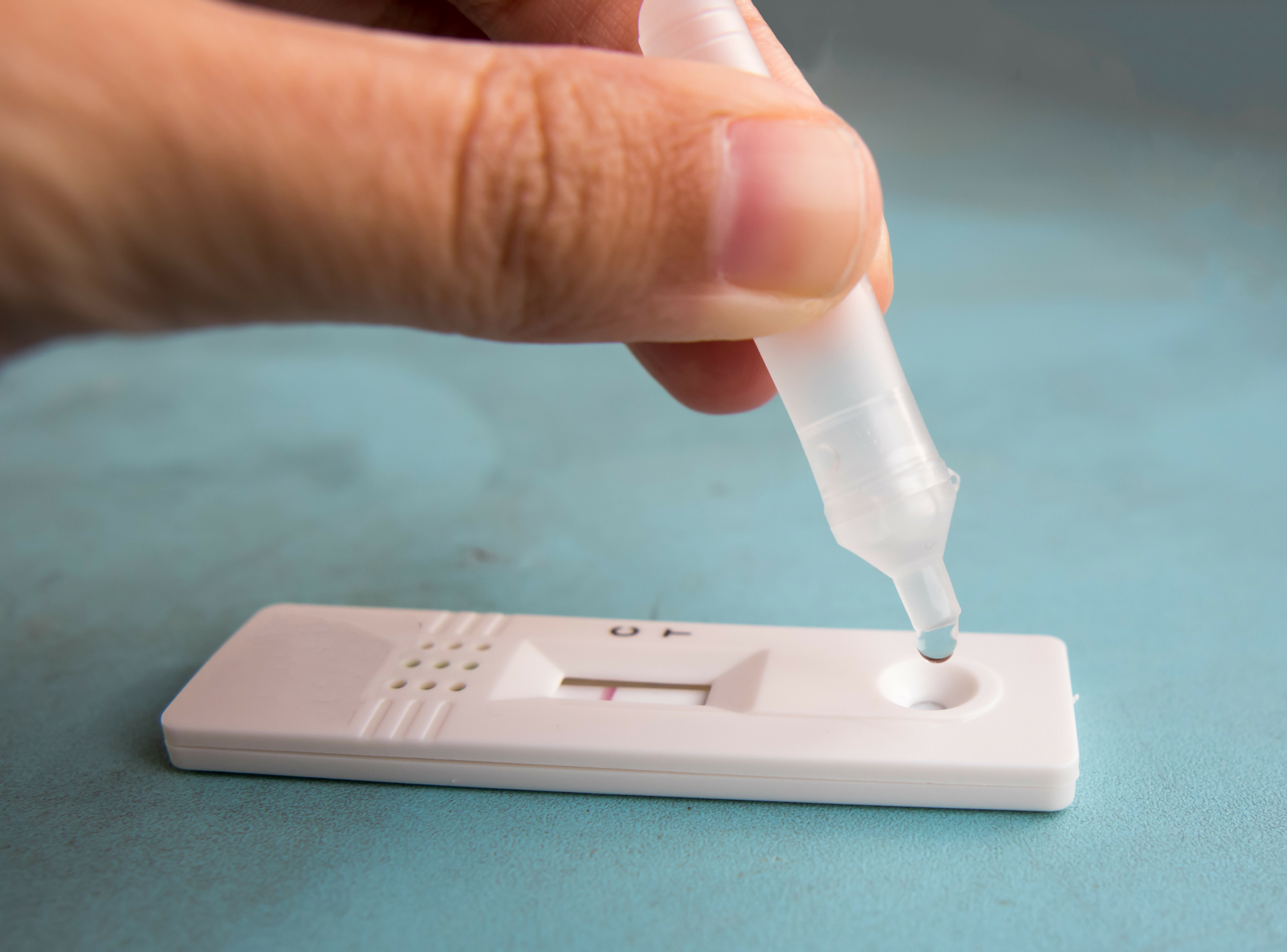 New research suggests that people with COVID symptoms who initially test negative on a rapid antigen test should test again, four days after the onset of symptoms, as this is when RATs are most effective at detecting the virus.
New research suggests that people with COVID symptoms who initially test negative on a rapid antigen test should test again, four days after the onset of symptoms, as this is when RATs are most effective at detecting the virus.
The findings also show that RAT performance may differ both in vaccinated versus unvaccinated individuals and between COVID lineages, and that RAT sensitivity was higher among people with symptoms.
The experimental study, published in JAMA Internal Medicine on Saturday 30th April by the US Centre for Disease Control and Prevention, compared the PCR and RAT results of 225 participants, and found that over the whole infectious period, RAT sensitivity was 64% compared to PCRs collected on the same day.
The overall sensitivity of RATs during the infectious period was 50% – significantly less than the 80% target set by the World Health Organization for point-of-care tests – but four days after symptoms began, sensitivity peaked, and RATs picked up 77% of COVID cases.
For PCR tests, daily positivity during the infectious period of cases peaked at 95%, three days after the onset of illness, but remained significantly higher than RATs throughout the course of the study.
Lead author, Victoria Chu MD, stated that even though multiple studies have evaluated the sensitivity and specificity of RATs compared with PCRs, few had examined how RAT performance varies during infection.
“To address this question, we evaluated daily use of a self-collected home antigen test compared with PCR and viral culture in adults and children enrolled in a household transmission investigation,” Dr Chu stated.
“The 225 enrolled cases contributed 3044 home antigen tests and 642 NP swabs, including 593 pairs of antigen tests and NP swabs that were performed on the same date.”
Households were followed for 15 days, and participants were asked to perform one RAT daily, regardless of symptoms, and email a photograph of the antigen test strip to investigators immediately after testing.
All participants recorded daily symptoms using a standardised form.
Following the early peak on days three and four, by day six, PCR positivity remained high at 86% but RAT positivity had dropped to 61%, and after 11 days – when most individuals are no longer considered infectious – PCR positivity remained at 86%, while RAT positivity had dropped to just 16%.
RAT positivity peaked at 80% for symptomatic cases and 50% for asymptomatic cases, and test positivity was consistently higher for cases who were not vaccinated compared with those who received at least one vaccine dose before infection.
Sensitivity for symptomatic cases was 53%, compared with 20% for asymptomatic cases, and varied according to virus lineage (Epsilon, 70%; Alpha, 49%; Gamma, 42%; other, 51%).
Interestingly, self-collection did not have a negative association with the overall sensitivity of RATs, and even though usage errors were commonly observed, they were not associated with reduced test accuracy.
The authors note that even with errors in self-testing, research shows the sensitivity of self-collected RATs is comparable with professionally collected tests.

